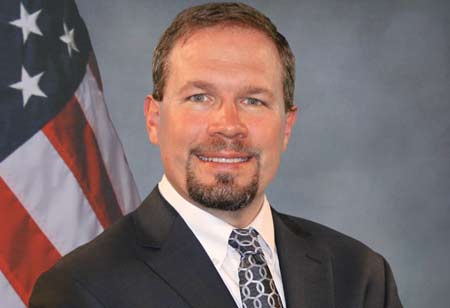Most of our organizations are considered either prepared or on the path to preparedness. We have various plans, such as business continuity plans, continuity of government plans, or continuity of operations plans, to pre-identify how we intend to restore operations and include specifications on which functions to restore first. We have emergency action plans, emergency operations plans, and other plans that determine how we respond and who is responsible for what tasks. Our organizations may even have detailed disaster recovery plans.
However, how many of our organizations evaluate personal preparedness as a component of organizational preparedness? Abraham Maslow identified a hierarchy of needs in 1943 in his paper “A Theory of Human Motivation.” It is often discussed that when basic needs are no longer met, the individual will stop focusing on meeting higher needs until the basic need is met. This indicates that our personnel will no longer focus on meeting organizational needs when their basic needs, food, water, and security, are in jeopardy or at risk.
It is often discussed that when basic needs are no longer met, the individual will stop focusing on meeting higher needs until the basic need is met
Recognizing that our personnel will focus on meeting basic needs before meeting organizational needs, does this mean that our organizational preparedness is truly at the level we think it is? If our organizational preparedness depends on our personnel, how do we increase their individual preparedness?
To achieve personal preparedness, we must look back at the preparedness basics.
Sure, an individual can purchase mass quantities of survival equipment and long-term food storage, but do they understand how this can be accomplished cheaply and easily? Has your organization engaged emergency management personnel to provide education and instruction on how to become prepared on a personal level?
To get the discussion back to the basics, I will identify several preparedness activities and how these activities can lead to discussions that motivate enhanced personal preparedness.
Having 72 hours of food storage on hand is daunting. While the intention is to have immediate food storage that requires no heat, many families find this an expensive task. Focus the discussion on how often individuals go grocery shopping a week.
You will find that most of your staff go to the grocery store once or twice a week, which can encourage them as they are already on the path of personal preparedness.
Pre-packaged long-term food storage is easy to obtain but is often cost-prohibitive. Recommend that your staff sit down with their families to identify seven days of meals that they would not mind eating every week. Some families may already do this. Encourage your staff to identify ways to create these meals that are easier to store. For example, recipes calling for chicken may be able to substitute canned chicken or chicken in foil pouches. Some staff familiar with canning can take this a step further and prepare large meals that can be canned. Some of these meals can be assembled using dry or canned goods acquired over time in small increments, such as purchasing an extra can of vegetables or a bag of rice on the next grocery trip.
Go-bags are expensive and difficult to assemble. In actuality, Go-bags are neither expensive nor difficult to assemble. A go-bag can be something as simple as extra sets of clothing in a grocery bag located in a car during winter weather travel.
Items such as peanut butter crackers or granola bars can be added for those travelling outside of normal commutes. Foil-type emergency blankets are often cheap to add; however, if you have an extra blanket at home, it can be added during extended trips. Center the discussion on what they think they might need if they get stranded on the way to work or home. If the staff member relies on public transportation, have them identify what they might need to remain warm if the bus is delayed.
These commonly discussed activities are performed on a regular basis by individuals, with a majority of individuals not recognizing what they are doing. Your organization can use these activities to spur further discussions with personnel to motivate them to continue to take additional steps toward preparedness. If we want our organizations to truly be more prepared, we need to take a closer look at the preparedness of our personnel. Are your personnel prepared to withstand possible disasters so that they are available and ready to meet organizational needs during the disaster?
If your organization has emergency management staff, they can provide resources to assist your personnel in becoming more prepared. If you lack emergency management staff, additional resources on preparing your personnel can be located at websites similar to FEMA’s ready.gov.
Resources that provide one monthly activity that staff can work on to become better prepared are available.
These activities can be encouraged through drills, workshops, luncheons, or broadcast emails.



